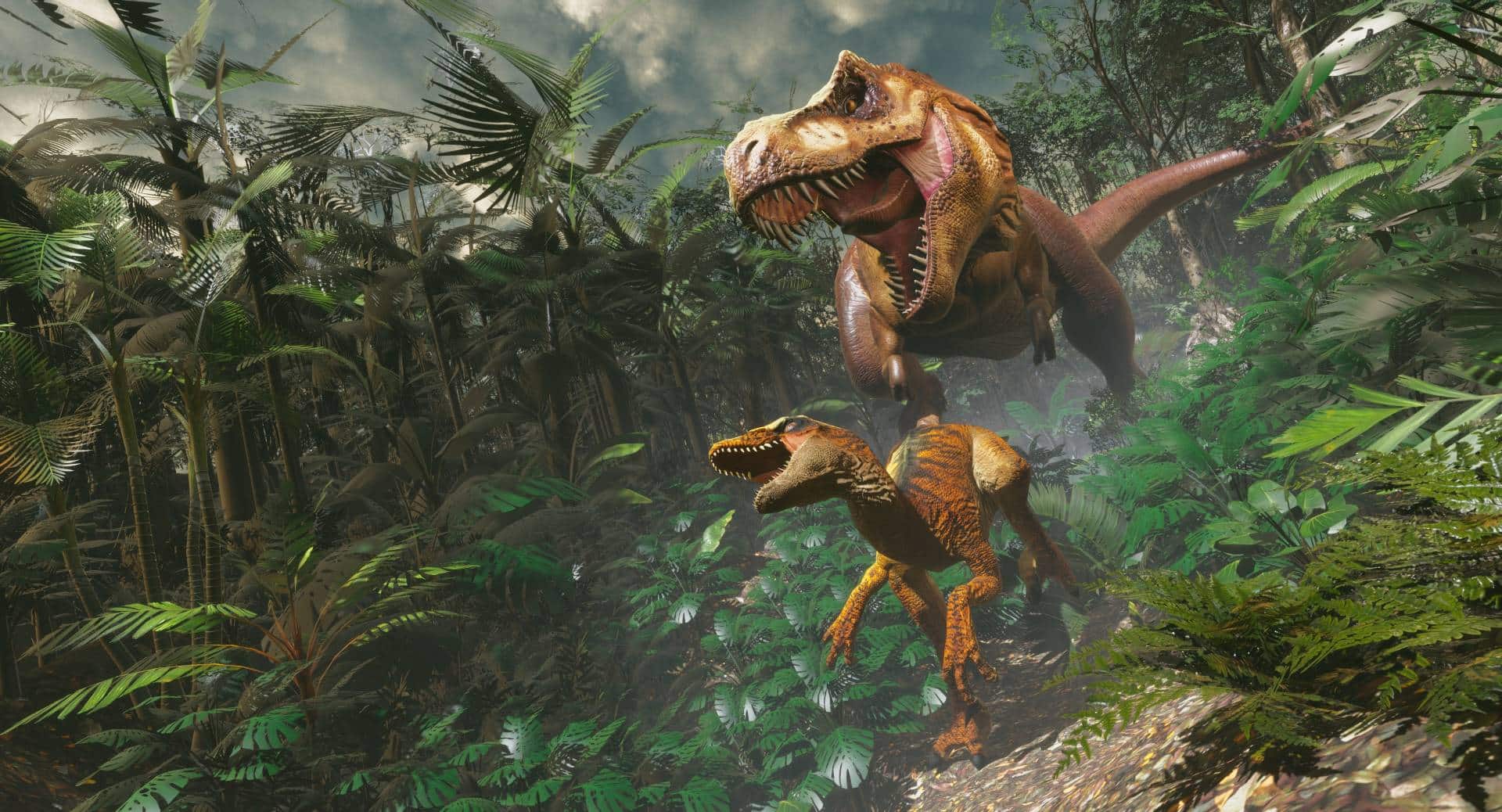The world of gaming has always been a fantastic platform to explore new ideas and concepts. Recently, we came across a game that has taken us right back to prehistoric times. This game that we’re about to uncover is not your typical run-of-the-mill game. It is called “Dinosaur Eggs.” Yes, you read that right! Each time we think we’ve seen everything that the gaming world has to offer, something radically new comes along. In this creative game, players are tasked with the mission of hatching dinosaur eggs and taking care of hybrid monsters. Let’s dive into the world of “Dinosaur Eggs” and discover what lies in store for us.
1. Prehistoric Fascination: A Look into the World of Dinosaur Eggs
Dinosaur eggs have been fascinating people for years, with their size, shapes, and possible contents thought to be some of the most interesting features of dinosaurs. These structures have been studied by scientists and non-scientists alike, each uncovering new information on how these creatures lived and died. While many are attracted to these impressive eggs because of their size and shape, there is more to learn about them than just their appearance.
Researchers have discovered that dinosaur eggs vary in size depending on the type of dinosaur that laid them. Among those found, some eggs are the size of a basketball, while others are as small as a grapefruit. This discovery gives scientists valuable information regarding the dinosaur’s life cycle and reproductive habits. By knowing how large the eggs are supposed to be, researchers can estimate the size of the eggs that were never discovered. Additionally, some researchers believe that the color and texture of the eggshell may help determine the species of dinosaur it belongs to, although this theory is still being tested.
Another remarkable feature of dinosaur eggs is what they contain when they are found. Paleontologists wet their chops at the chance of discovering what is inside a well-preserved egg as it offers valuable information about the period in which this dinosaur lived. While the majority of eggs found are empty, some contain traces of carbon dating back to the Mesozoic era. Fossils of different creatures have also been found within the eggs, such as insects and small mammals, contributing to researchers’ understanding of the food chain during that time period. These traces and fossils inside dinosaur eggs provide archeologists with a glimpse of pre-history which otherwise would have been impossible to reconstruct solely from fossils of big dinosaurs.
2. The Secret Life of Dinosaur Eggs: Uncovered Mysteries of the Past
Dinosaurs, fascinating creatures that roamed the earth millions of years ago, still hold many mysteries for us to unravel. Among these are the secrets of dinosaur eggs, which have been a subject of much interest and study in recent times.
Studies have shown that dinosaur eggs came in different shapes, sizes, and textures, and that it was possible to determine the dinosaur species based on these factors. Some eggs were spherical, while others were elongated or pear-shaped. The shells could be smooth, bumpy, or covered in ridges, and the thickness varied depending on the species. Some eggs even had pores that allowed air to circulate. By studying these features, researchers have been able to learn a lot about how dinosaurs laid and cared for their young, and how they evolved over time.
3. From Nest to Museum: Tracing the Journey of Dinosaur Eggs
When it comes to dinosaur eggs, the journey from nest to museum can be a long and complex one. Here’s what the journey typically entails:
– Fossilization: First, the eggs need to be fossilized in order to be preserved. This process happens over millions of years, as the eggshell slowly turns to stone. Despite being tough, the eggs are also fragile, so they often break or become distorted during the fossilization process.
– Discovery: Once a fossilized egg is discovered, it’s carefully removed from the ground and transported to a laboratory. Here, scientists can study the egg to learn more about the dinosaur species that laid it. They might look at the size, shape, and texture of the egg, as well as any patterns or markings on the surface.
– Preparation: After the egg has been studied, it’s time for preparation. This involves cleaning the egg, removing any surrounding rock or sediment, and possibly repairing any damage that occurred during the fossilization process. Once the egg is fully prepared, it’s ready to be displayed in a museum.
Overall, tracing the journey of dinosaur eggs can be a fascinating glimpse into the world of paleontology. Whether you’re interested in the science behind fossilization or you simply appreciate the beauty of a well-preserved artifact, it’s clear that dinosaur eggs have a lot to offer. Who knows what secrets they might reveal in the future?
4. Size, Shape, and Color: Unraveling the Variations of Dinosaur Eggshells
Dinosaur eggshells come in a variety of forms, sizes, and colors, which provides us with insights into the dinosaurs that laid them. The eggshells differ based on the species and the time period in which the dinosaurs lived. The following are some of the characteristics of dinosaur eggshells that have been discovered through research:
Shape:
– Dinosaur eggs differ in shape from closely round to elongated.
– Some dinosaur eggs have pointed ends while some have round ends.
– Others have cone-shaped ends while some have sausage-shaped ends.
Size:
– The size of dinosaur eggs was determined by the size of the animal.
– The smallest eggs belonged to the smallest dinosaurs, and the largest belonged to the largest dinosaurs.
– The largest known dinosaur egg is roughly the size of a large football.
Color:
– The color of dinosaur eggs was determined by the pigment located in the eggshell.
– The color varies from white to brown, blue, and green.
– In some cases, the pattern and color provide insights into camouflage and adaptation of the dinosaurs.
In conclusion, unraveling the variations of dinosaur eggshells provides insights into the behavior of these ancient creatures. Predisposing factors such as climate, environmental conditions, and evolution affect eggshell characteristics. Therefore, studying the characteristics of dinosaur eggs will continue to play an essential role in understanding the biology of these extinct creatures, their habitats, and the subsequent events that led to their extinction. In conclusion, “Dinosaur Eggs” is an egg-citing game that takes players on a prehistoric adventure. With its challenging gameplay and stunning graphics, it brings the extinct creatures to life and educates players about the eggs that they laid. Who knew learning about dinosaurs could be so much fun? So, what are you waiting for? Grab your backpack and join the adventurous journey of uncovering dinosaur eggs!



